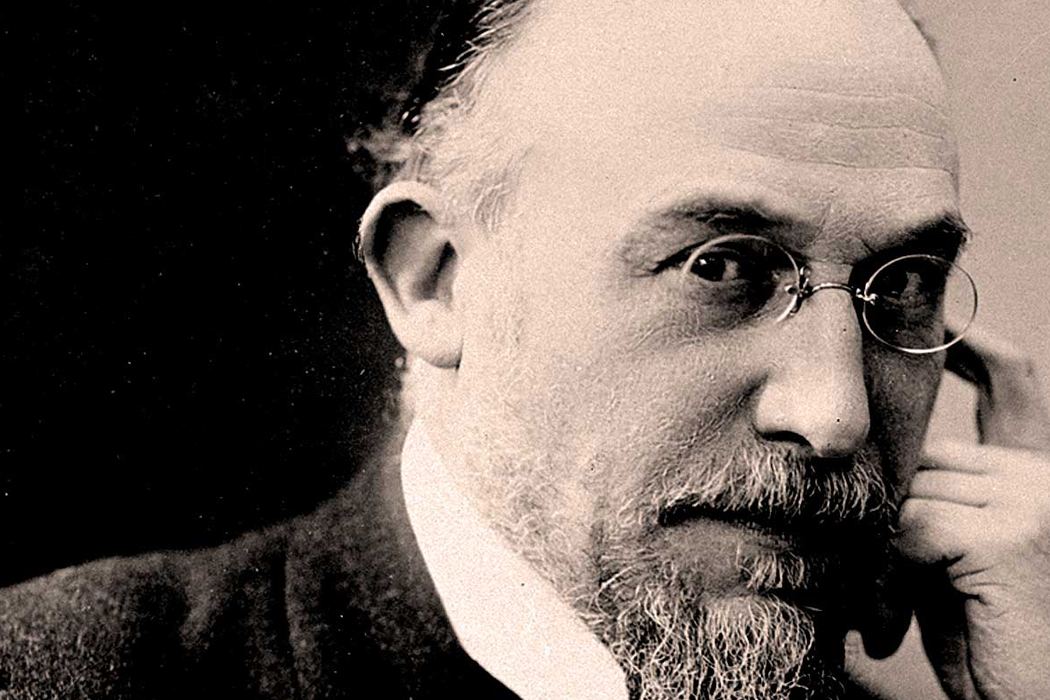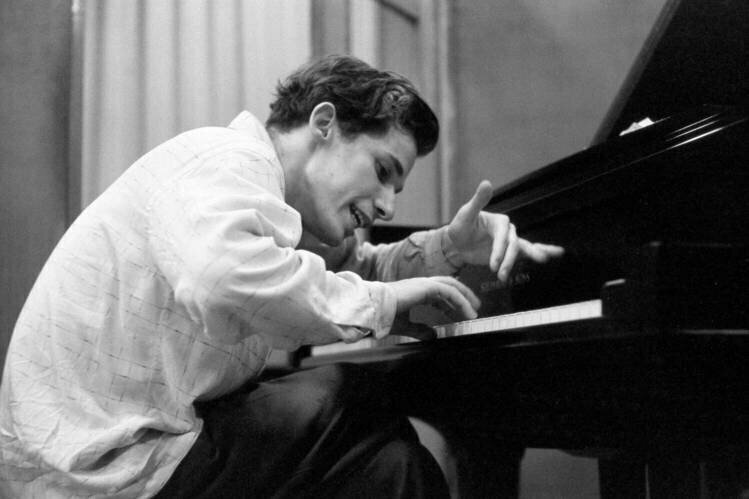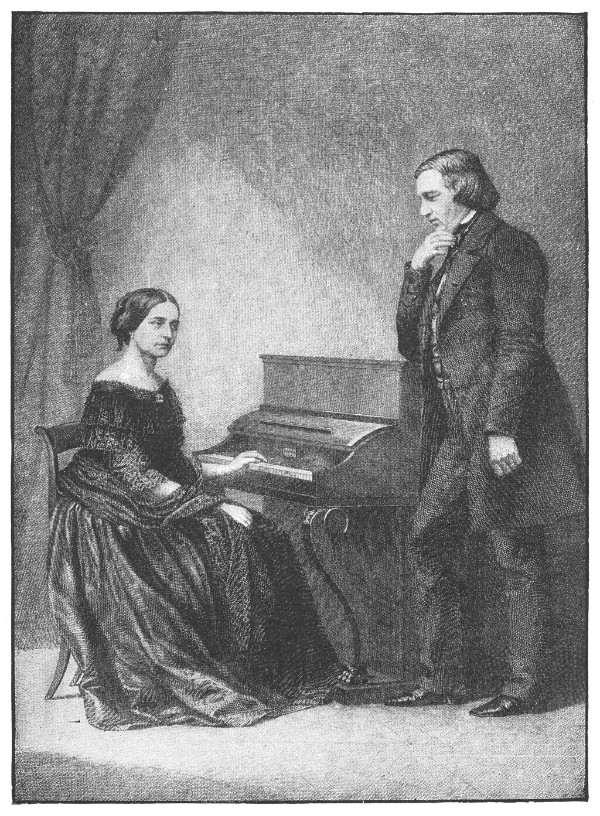The art of interpretation is unique to Western classical music. An entire tradition has developed from this, and has prolonged the music of past composers for centuries, with novelty being brought performer after performer and interpretation after interpretation. Interpretation is the art of leaving a piece of work untouched, without trying to change it — which would be considered a musical crime by many — yet creating fresh pieces of work out of it through macro and micro changes in its representation. In other words, like in jazz, it involves transforming the music completely, and in popular music, often the interpreter attempts to stay as close as possible to the original. In the classical world, it is different. Let’s have a case study of a couple of works which strongly differ based on the performance of the musician who interprets them.
Liszt – Aldo Ciccolini (1954) – Années De Pèlerinage, I° Année, La Suisse
Liszt’s Les Années de pèlerinage is one of the Hungarian composer’s most famous works for piano. It has been interpreted and recorded many times. Two of these performances, which stand out the most, are Aldo Ciccolini‘s and Lazar Berman’s. Around twenty years separate both interpretations, and the difference is noticeable. Ciccolini was a pioneer in recording this body of work, and with interpretation, one can feel the nostalgia intended by the composer, and whilst the technique is stunning, the production does not transmit the clarity of execution that succeeding interpretations offer, for instance. However, one travels with Ciccolini and is brought to the various locations of Liszt’s life. Ciccolini’s performance is all about nostalgia. Berman’s on the other side is much more academic, and less rough, as well as more modern. It highlights Liszt as the performer, the pianist, rather than the composer and traveller. It is the virtuoso which comes out of the interpretation. It is the Liszt which kept audiences on the edge, and impressed with complexity. It is less the poet, and more the technician.
Satie – Trois Gymnopédies; Anne Queffélec (HD)
Another composer to look at is Satie, who has been interpreted by many pianists over the years. His musical indications have often been an interesting subject of discussions as they are perhaps less musical than they are philosophical — and surely humoristic. Anne Queffélec is well-known for having recorded much of Satie’s repertoire, and her interpretation of his music has often been used as a trademark for what it should sound like; or the idea that one makes of Satie’s music. Dreamy, sparse, often quiet and slow, and against many of the traditional pianistic approaches. If these performances are some of the best, and perhaps explain the success of his music up to today, one can wonder if they are as close as what the composer would have come up with himself.

Erik Satie
Satie was well-known for having performed in the cabarets of Paris, and this reflects, of course, in much of his music. His musical personality reflects an intention for laughter, lightness and playfulness. A character which is not always taken into consideration when approaching the music of Satie, who doubtlessly would have approached his music in the meditative mindset that many seem to perceive from his works today. Before becoming the guru of furniture music — and now background music — Satie was first and foremost a humorist. It is a wonder, then, that so few have approached his music in this manner.

Glenn Gould
Oftentimes, the first interpretation becomes the benchmark for its listener. Discovering a composer and a work is closely tied to discovering a performer. For some, for instance, Bach is intensely tied to Gould, Mozart to Pires, or Chopin to Pollini. The interpretations of these musicians have created a framework for many listeners, to whom a composer sounds in fact like its performer.
One point of criticism which is often given to concert halls and event organisers, particularly when it comes to classical music, is to focus too much on the past — composers and works. It is indeed quite true, and this can only be the result of the art of interpretation allowing works to be kept alive — and revived time after time — allowing them to stay relevant to this day.
Composers often choose to perform their own works, but there is then a moment of transition, of passing the flame to the professional interpreters, the ones who will allow the music to persevere through time and avoid falling into oblivion.
For more of the best in classical music, sign up for our E-Newsletter



